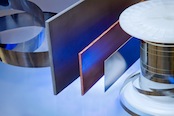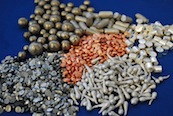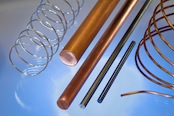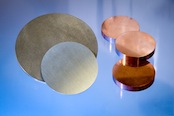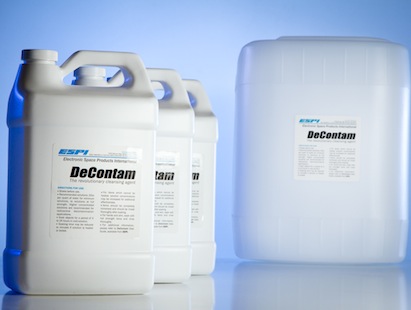Understanding Mesh Sizes
Powder Particle Size
Sieving or screening is a method of categorizing a powder’s particle size by running the powder through a specific sized screen.* A powder can be separated into two or more size fractions by stacking the screens, thereby determining the powder’s particle size distribution. Sieves and screens are usually used for larger particle sized materials, greater than 44 micron (325 Mesh).
Two scales are used to classify particle sizes; US Sieve Series and Tyler Mesh Size. A powder’s mesh size can at times be somewhat confusing. A -6 mesh powder contains particles that pass through a 6 mesh screen. A -6 mesh powder has particles that measure less than 3360 microns. A powder that is -325 mesh has particles that measure less than 44 micron. As you can see, the larger the mesh number the smaller the particle size of the powder.
|
16 Mesh |
6 Mesh |
3 Mesh |
|
|
|
 |
Let’s assume for the moment you were interested in tantalum powder and it had a description of:
Tantalum Powder, -325 Mesh, 3N8 Purity
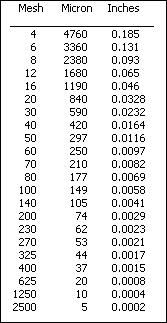
You would know that this powder passed though a 325 mesh screen. You could be confident that the powder’s particle size was less than 44 micron. However, much of the powder could be considerably less than 44 micron and still qualify as a -325 mesh powder. It could be 1 micron and qualify as -325 mesh, it could even be sub-micron and meet the -325 mesh specification. The designation -325 mesh is simply saying the powder passed through a 325 mesh screen.
If you needed a powder that was closer to size you would need to specify two mesh sizes. For example: Tantalum Powder, -40+100 Mesh, 3N8 Purity
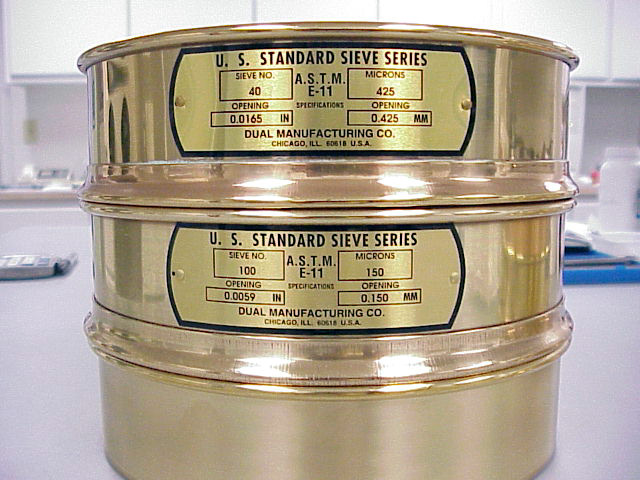 This powder would have particles that were smaller than 40 mesh (420 micron) but larger than 100 Mesh (149 micron). The powder passed through the 40 mesh screen but was trapped in the 100 mesh screen. Larger particles were trapped above in the 40 mesh screen and smaller particles passed through the 100 mesh screen. As a result the larger particles were eliminated from the distribution by the 40 mesh screen and smaller particles were eliminated by the 100 mesh screen.
This powder would have particles that were smaller than 40 mesh (420 micron) but larger than 100 Mesh (149 micron). The powder passed through the 40 mesh screen but was trapped in the 100 mesh screen. Larger particles were trapped above in the 40 mesh screen and smaller particles passed through the 100 mesh screen. As a result the larger particles were eliminated from the distribution by the 40 mesh screen and smaller particles were eliminated by the 100 mesh screen.
*ESPI Metals does not offer mesh sieves for sale.

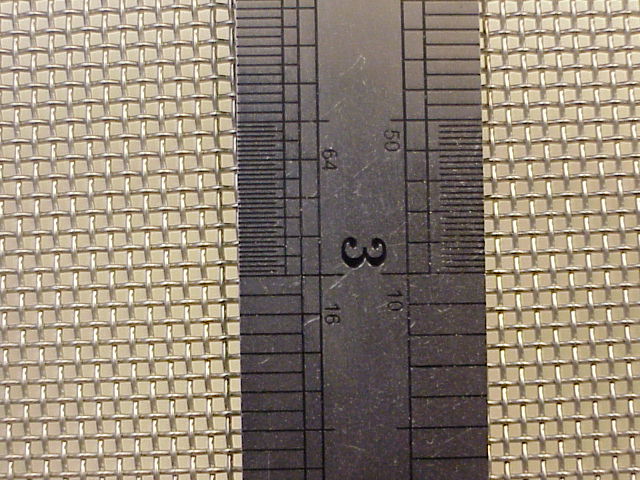
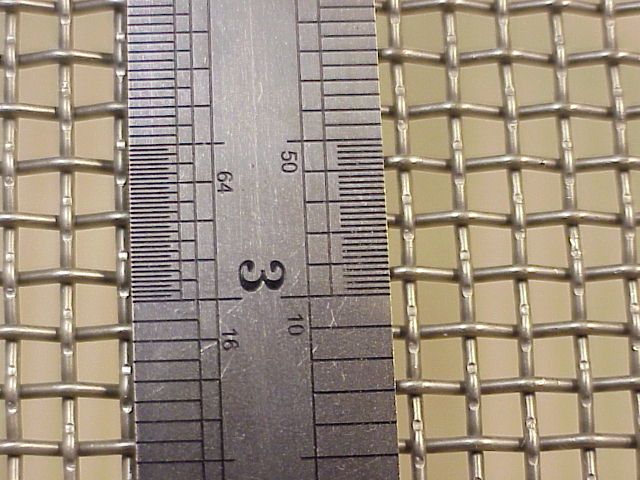
 ALLOYS
ALLOYS 
